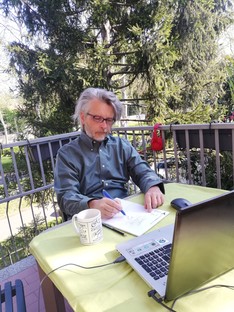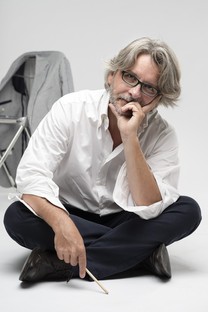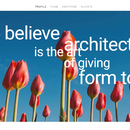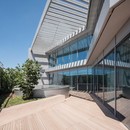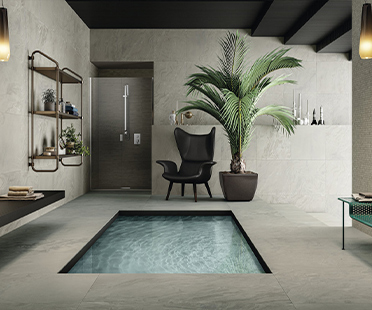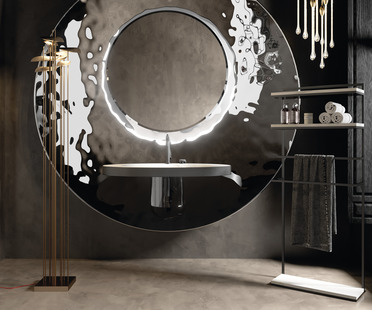07-05-2020
Architecture, the pandemic and the future of design: Giuseppe Tortato
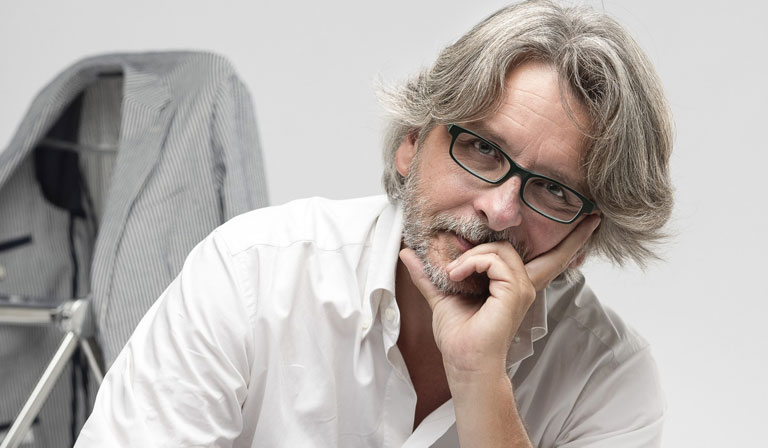
1. How did your firm handle the lockdown?
Personally, I don’t sleep much, and so I have been working from home for over twenty years, especially at night, with remote connections via vpn. So the studio was prepared to manage projects while working from home, and has continued to do so.
In organisational terms, we have set up work teams that report to the project managers, and are in turn organised hierarchically to ensure that everyone accepts their own responsibilities and is careful to fulfil them, in view of the undeniable difficulty of reviewing work on the smaller monitors we have at home.
2. What new forms of work are you experimenting with and how about the results?
As we are all working remotely, we need to organise conference calls to keep up to date and align our work. On a typical day we have conference calls from morning to night, practically without interruption. This way of working takes a lot of energy, and always requires the utmost concentration, in view of the ordinary difficulties involved in converting the home into an office, which is often not very practical. We may have connection problems, for example, or the "background noise" typical of the home, especially now that our spouses and children are also at home.
3. How do you think this experience will affect the future management of an architectural practice?
At this time of crisis, we have a unique opportunity to rethink our way of living and working. In my opinion, while the virus is undeniably a great global tragedy, it is also offering us a new possibility, which must not be viewed merely as a business opportunity. We have come to see that many of us could live and work differently, in a more hybrid manner which gives us more time for our homes and families. This is the revolution I see happening.
We will definitely be reconsidering the need to be in the office all the time, and looking at the possibility of offering interested employees the tools they need to do some of their work from home in the future, with a major positive impact on their participation in family life and in management of their own time as well as the costs of running the home and of transportation. It probably won’t be necessary to increase the number of workstations in the office, as we thought we were going to have to do as a result of partial delocalisation; what we will need to do is increase the number of workspaces equipped with the technology for conference calls and remote connections.










